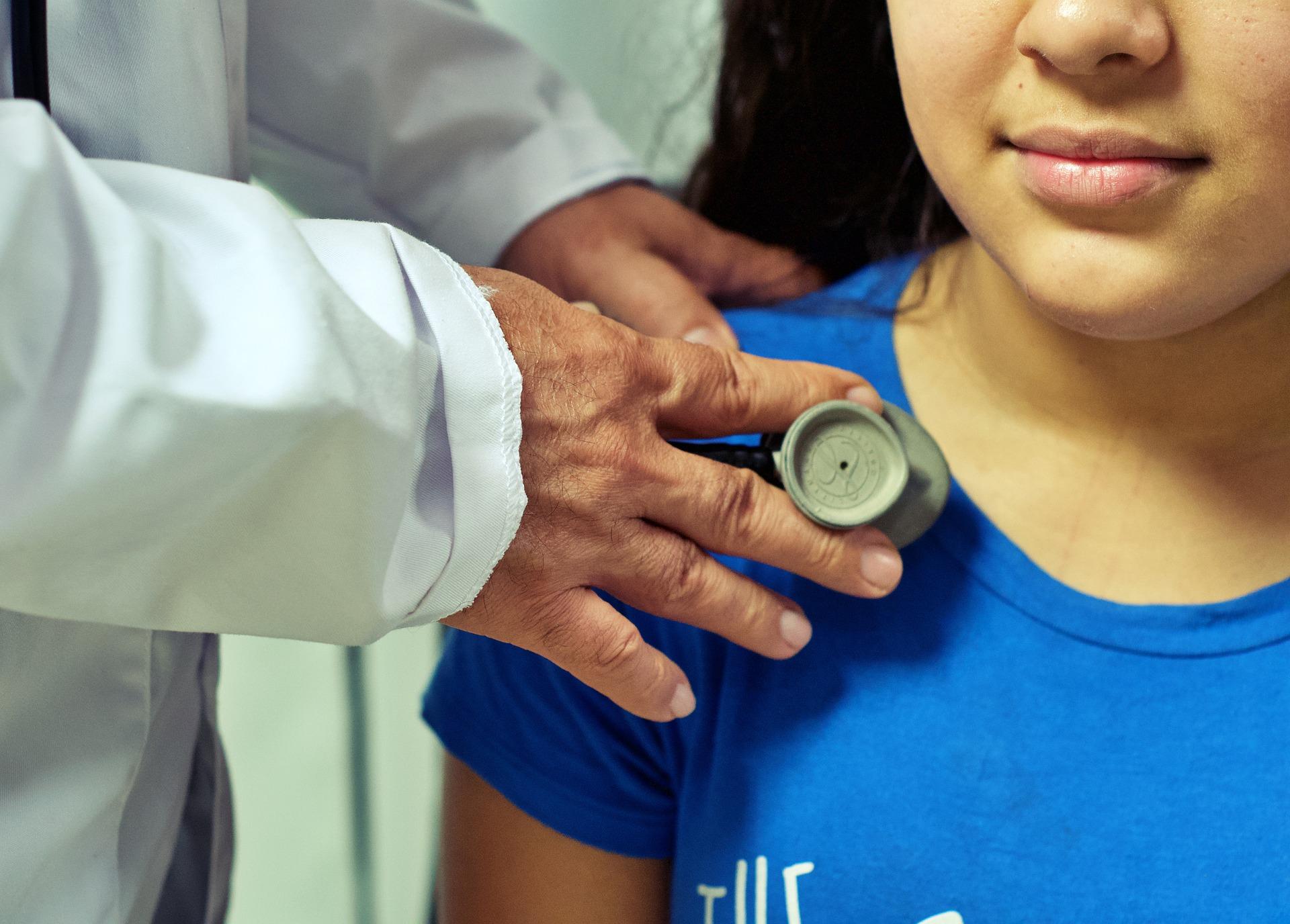Article
GnRHa Treatment for Central Precocious Puberty Linked to Transient Weight Gain
Author(s):
An observational study from Portugal indicates GnRHa therapy as a treatment for central precocious puberty was associated with an increase in body weight that subsided 1 year after treatment cessation.

An observational study of children in Portugal provides data suggesting use of gonadotropin-releasing hormone agonist (GnRHa) was associated with increased body weight gain among children with central precocious puberty.
Assessing the anthropometric differences among children of both sexes before and after GnRHa treatment, results of the study, which included data from 241 patients treated over a 17-year period, suggests use of GnRHa treatment for central precocious puberty was associated with increases in BMI-SD score (BMI-SDS) that demised 1 year after discontinuation of treatment among girls, but this effect was not observed among boys and investigators purport differences in increases in height during the study could have contributed to the apparent lack of effect in boys versus girls.
“The treatment of CPP with GnRHa causes a transient increase in BMI-SDS with a return to the basal BMI-SDS a year after stopping GnRHa. The increase in BMI-SDS is more evident in children with normal weight before treatment, but this effect is reversible and does not induce obesity,” investigators wrote.
Led by Ana Luisa Leite, of the Centro Hospitalar de Vila Nova de Gaia, investigators designed their study as an observational cohort study of patients who received care at 1 of 11 pediatric endocrinology clinics throughout Portugal from January 2000 through December 2017. A total of 241 children with a diagnosis of central precocious puberty were identified for inclusion. Of these, 92 were included in the final study cohort. Of the 92 patients included in the study, 84 were girls and 8 were boys.
For the purpose of analysis, investigators defined a diagnosis of CPP as Tanner stage 2 breast development in girls younger than 8 years or testicular enlargement of 4 ml or greater in boys younger than 9 years with a baseline luteinizing hormone (LH) level of 0.3 IU/L or greater or a GnRHa-stimulated LH peak greater than 5 IU/L. Investigators noted idiopathic and other cases of CPP were included in their study. Exclusion criteria for the study included not receiving treatment with GnRH agonists or not having completed treatment, use of known weight-modifying medications, having a weight-modifying illness, or having missing or incomplete data.
The study cohort had a mean age at onset of symptoms of 6.5±1.6 years, 90% had idiopathic central precocious puberty as the main diagnosis, and 39% were overweight at baseline. Investigators pointed out boys made up 33% of the secondary central precocious puberty diagnoses.
Upon analysis, results suggested BMI-SDS tended to increase with treatment but decreased a year after stopping treatment. Investigators noted initial results suggested BMI-SDS variation at the end of treatment was negatively correlated with BMI-SDS at baseline (P <.001). When assessing this association based on sex, results indicated BMI-SDS increased with GnRHa therapy in girls but diminished 1 year after stopping therapy. Investigators also pointed out boys grew taller and faster than girls in the study (P <.001) and this could have influenced their BMI-SDS trajectory.
“In our study, we noted a similar increase in BMI, but we also observed its resolution and reversal after only 1 year of termination of the GnRHa therapy. As reported previously, our data demonstrated that the pattern of change in BMI-SDS varies according to the individual's BMI,” wrote investigators. “One explanation might be that fatty mass redistribution/deposition due to gonadal axis suppression is more significant in lean children than in overweight or obese children.”
This study, “Do GnRH Agonists Really Increase Body Weight Gain? Evaluation of a Multicentric Portuguese Cohort of Patients With Central Precocious Puberty,” was published in Frontiers in Endocrinology.



